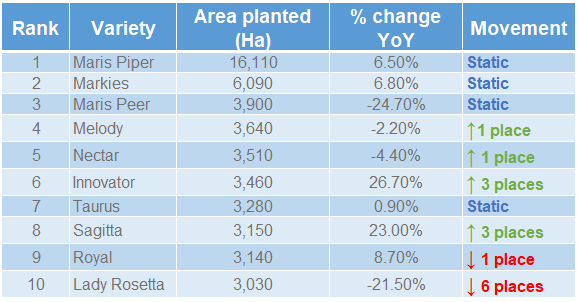Nijinsky was named after the ballet dancer (not the racehorse) by my dancing daughter. He was the cat our three daughters grew up with and it was they who I took with me to the farm to collect him as a young kitten 15 years ago.
Nijinsky was the most mild mannered of cats. He liked to be around us: sitting on the kitchen table watching us cook; following us around the garden like a puppy dog; sitting by you as you hung out the washing; waiting on the window sill for you to return home, alerted by the crunch of gravel. If you spoke directly at him he would make a chattering noise back in reply. Even if I say so myself, he was a very handsome-looking cat and maintained his youthful appearance right to the end. Fortunately, the medical problem that he recently developed, and which proved terminal, was quite brief.
Although his best hunting days were over, a renewed playfulness and vigour arose when we acquired two new kittens (Margot and Rudolf) a year or so ago. Nijinsky joined in their games of chase and was totally accepting of these additions to the household. He was also entirely unperturbed by our attention-seeking Golden Retriever, Spice. I don't think Nijinsky ever left the boundaries of the smallholding of his own volition.
Cats and dogs can bring much pleasure and good cheer to a household. There's lots of research to suggest they are good for your mental health. But I think they can also be a partial antidote to excessive ego-centrism. I don't think it too strong to say Nijinsky played a significant role in our lives.
 |
| Nijinsky - a photograph taken quite recently |


































